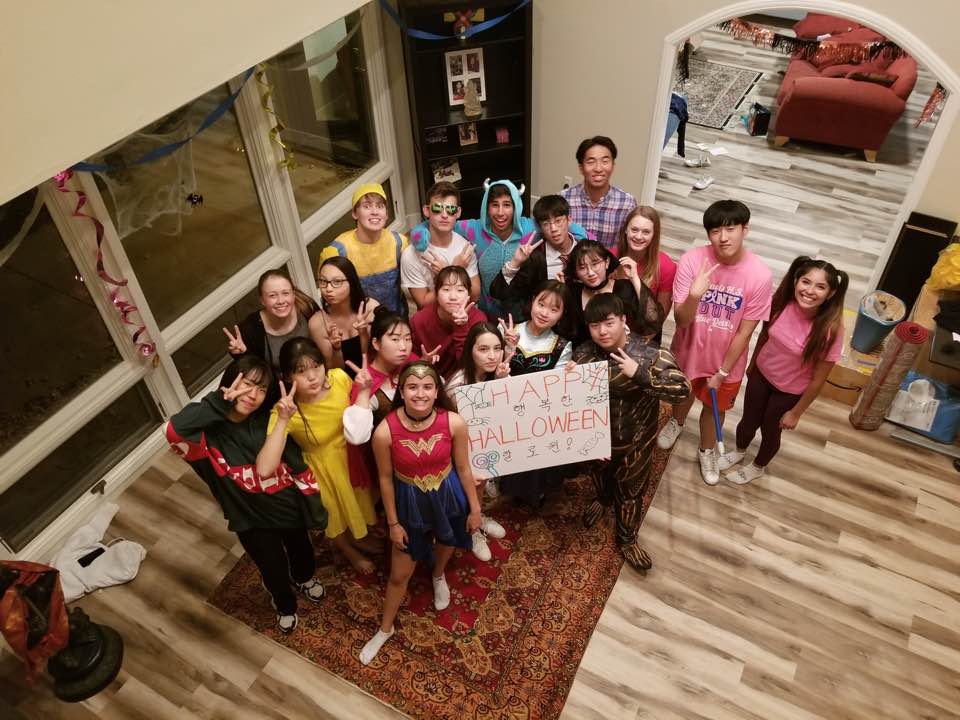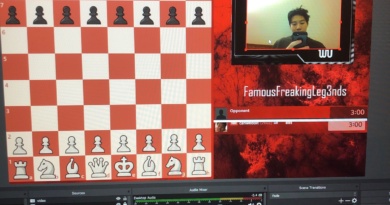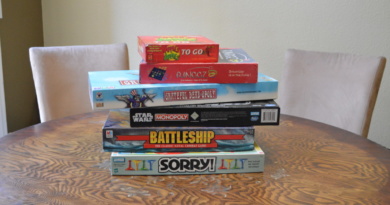Korean exchange students gain insight on Davis life

By Manpreet Kaur,
BlueDevilHUB.com Staff–
The Cultural Exchange Club at Davis High participated in a Korean exchange student program this summer. Educational experiences vary depending on where a school is located.
As part of the program, Korean exchange students visited California and absorbed American culture from the DHS point of view.
Yun Hyun Jung, 16, goes to school in Korea. As part of the program, Jung got an opportunity to learn how schools in America were different from schools in her home country.
Other than a more diverse campus, Jung noticed a difference within the city of Davis. “Davis looks more liberal and peaceful than Korea,” Jung said.
Junior Miriam Halperin took part in the exchange program and hosted Jung. Halperin was able to show Jung her lifestyle.
“We got to show them how we live and our daily routines and compare them to theirs,” Halperin said.
She enjoyed the experience. “It was fun because we got to know people [from another country] and learn their way of living,” Halperin said.
Life as a student in Korea revolves around academics. Korean students have very little time to themselves.
School in Korea starts at 8:10 in the morning and ends at 5:30 in the afternoon. However, many students choose to participate in night schools that end around 10 p.m.
The DHS campus revolves around clubs, school events, sports and of course, the education of students. In contrast to DHS, extracurriculars don’t play a large role in a Korean students life.
Junior Maya Dhond, co-president of the Cultural Exchange Club, noticed the lack of social events that took place during her visit to the Korean school. “It really made me appreciate how many extra events our school organizes for our students,” Dhond said.
Additionally, in Korea, students stay in the same class and have breaks between each subject. At DHS, students rotate classes every 50 minutes while in Korea, teachers rotate to each class.
Given the opportunity to stay in one class for the whole school day, students in Korea develop a strong bond with their classmates.
Dhond acknowledges the bond the kids had formed with each other but she favors the way the DHS campus operates. “[In the US] we interact with a lot more people each day than in Korea, which I enjoy because I’m really social,” Dhond said.
Cooper Welsh is the second co-president of the Cultural Exchange Club. Welsh learned about many things Korean schools did differently.
“I definitely appreciate [breaks and days off] more because they [Korean students] only get 20 days off of school out of the entire year,” Welsh said.
He also noticed that his exchange student enjoyed the DHS campus. “[He thought] the way we teach here is more effective and he likes the relationships we have with teachers,” Welsh said.
Hosting exchange students who speak English as a second language can be tough. However, Dhond and other DHS students developed a communication method to tear down the language barrier between them and their exchange students.
“We figured out which English words our students knew and which they didn’t, [and] we were able to speak in a way that they understood us,” Dhond said. If their students still could not understand what they were trying to say, they used hand signals as an alternative way to communicate.
James Curley is the teacher sponsor for the club, who organized the trip to Korea. Curley hopes that the kids learned something from travelling to another country.
“I want these students to be open to the world and represent the U.S. in an open manner,” Curley said.



